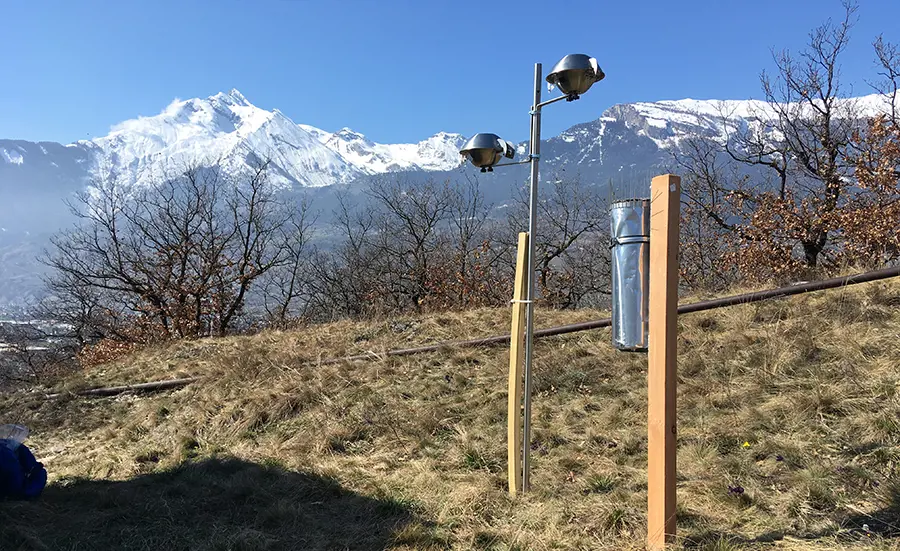
Monitoring of biotopes of national importance for plant protection products
One of the objectives of the federal action plan for risk reduction and sustainable use of plant protection products (PPPs) is to protect non-target organisms and biotopes from the negative impacts of PPPs. Numerous data on the pollution of watercourses have already been collected as part of the NAWA SPEZ and TREND monitoring programs. However, we know little about PPP contamination of biotopes of national importance, including ponds and dry meadows and pastures; this applies to aquatic (water, sediment) and terrestrial (soil) ecosystems.
PPPs are also expected to enter biotopes of national importance, for example, through runoff from fields that drain into ponds or from streams that flood wetlands. Drift and rainfall deposition can also result in the entry of PPPs into dry grasslands, pastures, and upland bogs. However, little is known about the transport of PPPs through the air. Therefore, a strategy will be developed to establish monitoring methods and to obtain monitoring data on the occurrence and input of PPPs into biotopes of national importance. This should answer the following questions:
- Which methods are suitable for sampling remote ponds and the air?
- To what extent are biotopes of national importance polluted with PPPs?
- Where do these PPPs come from?
- Are there spatial trends in PPP exposure?
The goal is to establish robust sampling and chemical analysis methods and obtain a baseline screening data set by the end of 2023. This will provide a basis for future monitoring and methods to assess exposure of biotopes of national importance to PPPs.
Project reports
Measurements and data evaluation
We recently noticed some minor errors in the presentation of the PSM data in the project reports. We have therefore reprocessed and re-presented the raw data (see Excel files). The statements have not changed. The Excel files contain both the original and the corrected figures.
Explanations to the Excel files
Photo: Kurt Schläpfer, Carbotech
